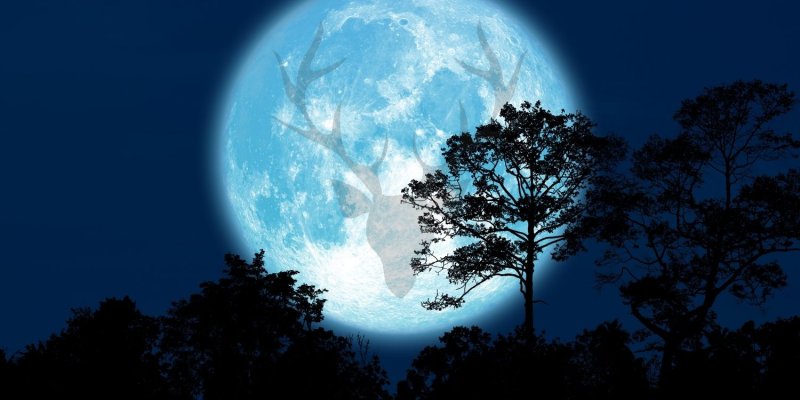TRENDING TAGS :
Buck Moon to Illuminate New York Skies; Where & How to Watch this celestial marvel!
This year's Buck Moon is just the first of four consecutive full supermoons
As dazzling fireworks illuminate the night sky in celebration of Independence Day, nature has a breathtaking display of its own in store. The Buck Moon, the first full supermoon of the year, will grace the heavens on Sunday, July 2, and Monday, July 3, providing a radiant lunar backdrop to the holiday festivities.
Why the Buck Moon?
According to the Farmer's Almanac, the July full moon is known as the Buck Moon because male deer, known as bucks, have their antlers in full growth mode during this time of the year. It is also referred to as the Thunder Moon, given the frequent occurrence of thunderstorms in July.
When and Where to Witness the Spectacle
For observers in New York City, the Buck Moon will begin to rise at 8:21 p.m. on Sunday, appearing 99% full, according to TimeAndDate.com. The full supermoon will reach its peak illumination at 7:39 a.m. Eastern Time on Monday and rise again at 9:22 p.m. on Monday evening. It will set at 6:21 a.m. on Tuesday. To catch a glimpse of this celestial marvel, look towards the southeast after sunset as the supermoon ascends into the night sky.
Weather Conditions Impacting Visibility
While the Buck Moon promises to be an enchanting sight, meteorologist Brian Mastro from the Fox Forecast Center warns that weather conditions may affect visibility. New York City may experience rain and thunderstorms, including pop-up summertime thunderstorms on Monday. As a result, there may be changes in the weather, but hope remains for breaks in the clouds to witness this lunar spectacle.
A Series of Supermoons on the Horizon
The Buck Moon of 2023 is merely the first of four consecutive full supermoons. Mark your calendars for the upcoming supermoons on August 1, August 30-31, and September 28-29. These full moons occur when the moon reaches its closest point to Earth in its orbit, known as perigee.
The Phenomenon of Supermoons
The term "supermoon" was coined by astrologer Richard Nolle in 1979. Supermoons appear slightly brighter and larger than regular full moons. Space.com reports that a supermoon can shine with approximately 30% more brightness and appear about 14% larger. While these differences may not be readily noticeable to the naked eye, avid moon gazers may discern the subtle increase in luminosity and size.
Stay tuned for updates on weather conditions and further celestial events as we continue to explore the wonders of our night sky.



